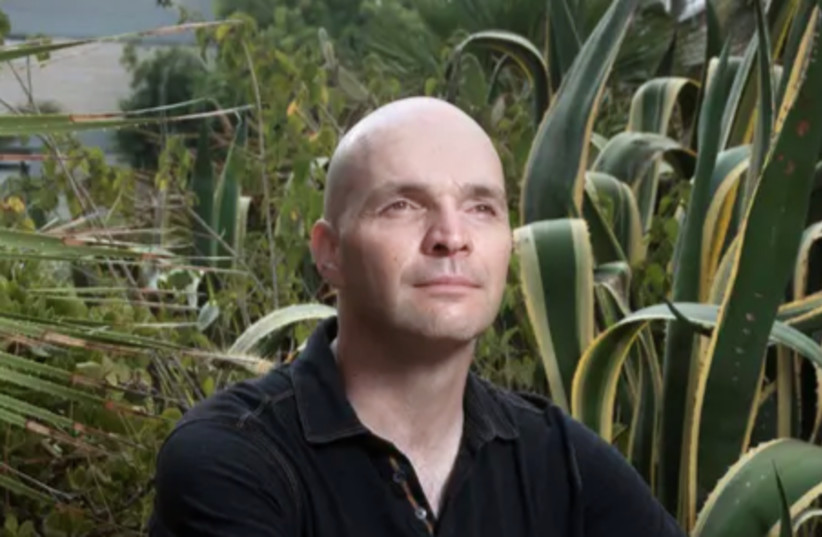After mankind destroys planet Earth with plastic and fossil fuel pollution, the overuse of natural resources, and cause the extinction of multiple plants and animal species, will there be another planet in some faraway galaxy for us to turn to?
If Earth becomes overcrowded, there must be an exo-planet somewhere with more room. However, choosing a suitable place for human relocation and expansion will require a lot of careful planning.
Forward-looking researchers led by Dr. Assaf Hochman at the Fredy and Nadine Herrmann Institute of Earth Sciences at the Hebrew University of Jerusalem (HU), in collaboration with Dr. Paolo De Luca at the Barcelona Supercomputing Center and Dr. Thaddeus Komacek at the University of Maryland, have successfully developed a framework to study the atmospheres of distant planets and locate those planets fit for human habitation – without having to visit them physically.
The innovative method evaluates the habitability of distant planets using a computerized system that classifies such potential homelands and identifies those that are suitable for future human settlements. Their joint research study has just been published in the prestigious Astrophysical Journal under the title “Greater climate sensitivity and variability on TRAPPIST-1e than Earth.”
TRAPPIST-1e is a planet located some 40 light years from the Earth that is scheduled to be documented by the James Webb Space Telescope (JWST) next year. It is so called because it was found by a team of astronomers using the Transiting Planets and Planetesimals Small Telescope at the La Silla Observatory in Chile’s Atacama Desert in 2015.
The search for a new home
The climate crisis presents a huge challenge to all people on Earth, leading many scientists to look for exo-planets – planets outside our solar system – that humans could potentially settle. JWST was developed as part of this search to provide detailed observational data about Earth-like exo-planets in the coming years.

“The atmospheres of rocky exoplanets are close to being characterized by astronomical observations, in part due to the commissioning of the James Webb Space Telescope,” they wrote. “These observations compel us to understand exoplanetary atmospheres in the voyage to find habitable planets.”
What elements must be considered when finding an exo-planet?
Classifying climate conditions and measuring climate sensitivity are central elements when assessing the viability of exoplanets as potential candidates for human habitation. In the current study, the research team examined the sensitivity of the planet’s climate to increases in greenhouse gases and compared it with conditions on Earth. Using a computerized simulation of the climate on TRAPPIST-1e, they could assess the impact of changes in greenhouse-gas concentration.
The researchers looked at the sensitivity of the planet’s climate to increases in greenhouse gases and compared it with conditions on Earth. Using a computerized simulation of the climate on TRAPPIST-1e, they could assess the impact of changes in greenhouse-gas concentration.
The study focused on the effect of an increase in carbon dioxide (CO²) on extreme weather conditions and on the rate of changes in weather on the planet. “These two variables are crucial for the existence of life on other planets, and they are now being studied in depth for the first time in history,” explained Hochman.
According to the research team, studying the climate variability of Earth-like exo-planets provides a better understanding of the climate changes we are currently experiencing on Earth. Additionally, this kind of research offers a new understanding of how planet Earth’s atmosphere might change in the future.
New planet, new problems
Hochman and his research partners found that planet TRAPPIST-1e has a significantly more sensitive atmosphere than Earth. They estimate that an increase in greenhouse gases there could lead to more extreme climate changes than we would experience here on Earth because one side of TRAPPIST-1e constantly faces its own sun, just like our Moon always has one side facing the Earth.
“Our simulations suggest that the climatology and extremes of TRAPPIST-1e’s temperature are about 1.5 times more sensitive to CO² partial pressure relative to Earth,” the team wrote. The partial pressure of carbon dioxide (pCO²) is the measure of carbon dioxide within arterial or venous blood that often serves as a marker of sufficient alveolar (tiny air sac) ventilation within the lungs.
“The precipitation sensitivity strongly depends on the specific region analyzed. Indeed, the precipitation near mid-latitude and equatorial sub-stellar regions of TRAPPIST-1e is more sensitive to pCO², and the precipitation sensitivity is about two times larger in TRAPPIST-1e,” they continued.
“A dynamical systems perspective, which provides information about how the atmosphere evolves in phase-space, provides additional insights. Notably, an increase in pCO², results in an increase in atmospheric persistence on both planets, and the persistence of TRAPPIST-1e is more sensitive to pCO² than Earth,” the researchers wrote, concluding that “the climate of TRAPPIST-1e may be more sensitive to pCO², particularly on its dayside.”
The research team suggested that their study documented a new pathway for understanding the effect that varying planetary parameters have on the climate variability of potentially habitable exoplanets and on Earth.
“The research framework we developed, along with observational data from the Webb Space Telescope, will enable scientists to efficiently assess the atmospheres of many other planets without having to send a space crew to visit them physically,” Hochman concluded.
“This will help us make informed decisions in the future about which planets are good candidates for human settlement – and perhaps even to find life on those planets.”
